Stylish and Practical: The Ultimate Guide to Choosing a Kitchen Runner

Ever wondered how to elevate your kitchen's style while keeping it practical? A kitchen runner might just be the answer you're looking for. Not only does a kitchen runner add a touch of elegance, but it also offers practical benefits like comfort and slip resistance. In this ultimate guide, we'll explore some tips for choosing the perfect kitchen runner that combines both style and functionality.
Choosing a Kitchen Runner
Consider the Size
When selecting a kitchen runner, size matters. It should be long enough to cover most of the walking area without overwhelming the space. A runner that's too short looks out of place, while one that's too long can be a tripping hazard. Measure your kitchen's dimensions and consider the layout of your cabinets to ensure the kitchen runner fits perfectly, enhancing the space rather than cluttering it
Pick the Right Material
The material of your kitchen runner is crucial for both durability and ease of cleaning. Natural fibres like wool or cotton are comfortable and stylish but may require more maintenance. Synthetic materials, such as nylon or polypropylene, are stain-resistant and easier to clean, making them practical for a high-traffic area like the kitchen. Choose a material that matches your lifestyle.

Select a Style That Complements Your Kitchen
Your kitchen runner should complement the overall design and colour scheme of your kitchen. Whether your kitchen boasts a modern, minimalist look or a more traditional, cosy feel, there's a kitchen runner out there to match. Consider the colours and patterns that will enhance your kitchen's aesthetic. A well-chosen runner acts as a focal point or a subtle addition that ties the room together.
Focus on Comfort and Safety
A kitchen runner isn't just about looks; it's also about comfort and safety. Look for runners with anti-slip backing to prevent accidents. Additionally, consider the thickness and softness. A cushioned runner with ample support can provide significant relief to your feet and back during those long periods of standing, making the tasks of cooking and cleaning far less of a chore and more enjoyable.
Easy to Clean and Maintain
Given the kitchen's propensity for spills and stains, selecting a kitchen runner that's easy to clean and maintain is essential. Look for machine washable runners that can be easily cleaned. Some materials are specifically designed to repel harsh stains and require minimal maintenance. A kitchen runner that's easy to keep clean will maintain its overall appearance and functionality for longer.

Consider the Price
Price is an important factor when choosing a kitchen runner. There's a wide range of options available to fit every budget but remember; you often get what you pay for. Investing in a high-quality runner might cost more upfront, but it can save you money in the long run by lasting longer and looking better over time. Set a budget, but be willing to invest a bit more for durability and style.
Environmental and Health Considerations
Lastly, consider the environmental impact and health aspects of your kitchen runner. Some materials and manufacturing processes are more eco-friendly than others. Additionally, certain rugs are treated with chemicals that can off-gas harmful VOCs (Volatile Organic Compounds). Opt for runners made from natural materials and those certified to be low in emissions for a healthier kitchen environment.
Click here for Sustainable and Eco-Friendly Rug Options.
To conclude, choosing the perfect kitchen runner involves a delicate balancing act between style and practicality. By thoughtfully considering the size, material, style, comfort, ease of maintenance, price, and environmental impact, you can select a kitchen runner that not only looks great but also meets your specific functional needs. Remember, a well-chosen kitchen runner can effectively transform your kitchen into a more comfortable, stylish, and safe space for you and your family to enjoy.
Explore Kitchen Runners at The Rugs
Ready to find the perfect kitchen runner that combines elegance with practicality? Look no further than The Rugs. Our extensive collection offers something for every taste and budget, from chic and modern designs to classic and cosy options. With The-Rugs, you're sure to find a kitchen runner that not only enhances your kitchen's decor but also offers the durability and comfort you need. So, why wait? Visit The Rugs today and take the first step towards a stylish and practical kitchen space.
If you've found our guide on selecting the perfect kitchen runner helpful, you'll definitely appreciate our next piece, "How to Choose a Rug for Your Kitchen," which deeper into the nuances of kitchen decor, offering advice on selecting rugs that complement your space's functionality and aesthetic
Kitchen Runner Size Guide: Finding the Perfect Fit for Your Space
When selecting a kitchen runner, size is crucial for both functionality and aesthetics. Standard kitchen runners typically range from 60 to 90 cm in width and 180 to 300 cm in length. For narrow galley kitchens, opt for runners 60 to 75 cm wide. In larger kitchens, wider runners of 75 to 90 cm can create a more substantial presence. The length should allow for at least 10 to 15 cm of flooring visible on all sides. Remember, proper sizing ensures safety and enhances your kitchen's overall design.

Kitchen Rug Placement: Optimising Comfort and Style
Strategic kitchen rug placement can transform your culinary space. Position a runner in front of the sink or cooktop to provide comfort during food preparation. For galley kitchens, a long runner down the centre can unify the space. In open-plan kitchens, use rugs to define different zones, such as the cooking and dining areas. Place smaller rugs in front of high-traffic areas like the refrigerator or pantry. Always ensure rugs are placed on non-slip pads to prevent accidents and protect your flooring.
Kitchen Runner Longer Than Island: Creating Visual Balance
When considering a runner longer than your kitchen island, aim for symmetry and proportion. Ideally, the runner should extend about 15 to 30 cm beyond each end of the island. This arrangement creates a balanced look and ensures the rug is functional for all workspaces around the island. For a truly striking effect, consider a runner that extends from one end of the kitchen to the other, passing alongside the island. Remember, the extended length can help elongate the appearance of your kitchen, making it feel more spacious.

How Long Should a Kitchen Runner Be: Tailoring Length to Your Space
The ideal length for a kitchen runner depends on your specific layout. As a general rule, your runner should be 10 to 15 cm shorter than the length of your counter or island. For galley kitchens, measure the distance between the sink and stove, then subtract 20 to 30 cm for a perfect fit. In larger kitchens, runners can span the entire length of the room, leaving about 20 cm of floor exposed at each end. Remember, the goal is to enhance your kitchen's flow while providing comfort where you stand most often.
What Size Rug for Kitchen Table: Ensuring Proper Proportions
Choosing the right size rug for your kitchen table is essential for creating a cohesive dining area. The rug should be large enough to accommodate all chairs, even when pulled out. As a general guideline, add about 60 cm to each side of your table's dimensions. For a standard rectangular table seating 6, a 240 x 300 cm rug often works well. Round tables typically require round or square rugs; ensure the rug extends at least 60 cm beyond the table's edge. Remember, a properly sized rug helps define the dining space and protects your floor from chair movement.
2x3 Kitchen Rug: Versatile Solutions for Smaller Spaces
A 2x3 foot (approximately 60 x 90 cm) kitchen rug offers versatile options for smaller areas. These compact rugs are perfect for placing in front of the sink or stove, providing comfort where you stand most. They're also ideal for galley kitchens or as accent pieces in larger spaces. Consider using a 2x3 rug to add a pop of colour or pattern without overwhelming the room. These smaller rugs are easy to clean and replace, making them practical choices for high-traffic kitchen areas.

Best Rug for Kitchen Sink Area: Combining Comfort and Practicality
The ideal rug for your kitchen sink area should balance comfort and durability. Look for water-resistant materials like polypropylene or treated cotton that can withstand splashes. Anti-fatigue mats with cushioned support are excellent for reducing strain during long periods of standing. Consider rugs with non-slip backing to ensure safety on wet floors. Darker colours or patterns can help conceal stains and wear. Remember, the rug should be easily washable or have stain-resistant properties to maintain a hygienic kitchen environment.

Two Runners in Kitchen: Doubling Up on Style and Functionality
Using two runners in your kitchen can enhance both its aesthetics and functionality. Place one runner in front of the main work area, such as along the counters or island, and another in a secondary space like in front of a pantry or by the dining area. Ensure the runners complement each other in style and colour to maintain a cohesive look. This approach allows you to define different zones within larger kitchens or add visual interest to galley layouts. Remember to maintain consistent spacing between the runners and the walls or cabinets for a balanced appearance.
People Also Asked
How to pick a runner for your kitchen?
Choose a kitchen runner based on durability, ease of cleaning, and slip resistance. Consider the color scheme of your kitchen and opt for a stain-resistant material that complements your decor.
What kind of runner is best for the kitchen?
The best kitchen runners are made of low-pile, washable materials like nylon or polypropylene. Look for options with rubber backing for added safety and stability on slippery floors.
Do runners look good in the kitchen?
Yes, runners can enhance kitchen aesthetics by adding color, texture, and warmth. They also help define spaces in open-plan kitchens and provide comfort underfoot during long cooking sessions.
Should kitchen runners match?
Kitchen runners don't need to match exactly, but they should coordinate with your kitchen's color scheme and style. Consider runners that complement each other if using multiple in the same space.
How do I choose a runner?
Select a runner based on your kitchen's size, layout, and traffic patterns. Consider material durability, design, and how it fits with your overall kitchen aesthetic.
How big should a runner be in a kitchen?
Kitchen runners should typically be 2-3 feet wide and long enough to cover the main working area. Ensure at least 6 inches of floor space on all sides for a balanced look.
Should a kitchen runner be longer than the island?
A kitchen runner can be slightly shorter or longer than the island, but ideally, it should extend a few inches beyond each end of the island for a proportional appearance.
How do I choose the right size runner?
Measure your space and choose a runner that leaves 4-6 inches of floor visible on all sides. For galley kitchens, the runner should cover the main walkway area without extending into adjacent rooms.
What size runner should I buy?
Common kitchen runner sizes range from 2x6 feet to 2.5x8 feet. Measure your space and choose a size that fits comfortably without overcrowding or appearing too small.
Are kitchen runners necessary?
While not essential, kitchen runners offer benefits like added comfort, noise reduction, and protection for floors. They also enhance the kitchen's aesthetic appeal and can define spaces in open layouts.
What is the best material for a runner in the kitchen?
Synthetic materials like nylon or polypropylene are ideal for kitchen runners due to their stain resistance and easy cleaning. Look for options with low pile and non-slip backing for safety.
How do you arrange runners in a kitchen?
Place runners in high-traffic areas or in front of work zones like the sink or stove. In larger kitchens, use multiple runners to define different areas while maintaining a cohesive look.
Should you put a rug in front of the kitchen sink?
Yes, a rug in front of the sink can provide comfort while standing and protect the floor from water splashes. Choose a water-resistant, easily washable option for this high-use area.
Should I put a runner in my galley kitchen?
A runner can work well in a galley kitchen, visually elongating the space and providing comfort. Choose a narrow runner that fits the walkway without obstructing cabinet doors or appliances.
What does a runner do in a kitchen?
A kitchen runner adds comfort underfoot, reduces noise, protects flooring, and enhances aesthetics. It can also help define spaces in open-plan kitchens and add a pop of color or pattern.
What rug should I put in my kitchen?
Choose a rug that is durable, stain-resistant, and easy to clean. Consider low-pile options with non-slip backing in patterns or colors that complement your kitchen decor.
How wide should a runner be in a kitchen?
Kitchen runners are typically 2-3 feet wide. The width should allow for comfortable walking while leaving enough floor visible on either side for a balanced look.
Are stair runners in style?
While not specific to kitchens, stair runners remain popular for their safety benefits, noise reduction, and ability to add visual interest to staircases.
What kind of rugs should be used in the kitchen on a hard floor?
On hard kitchen floors, use rugs made of synthetic materials like nylon or polypropylene with non-slip backing. These offer durability, easy cleaning, and safety on potentially slippery surfaces.
What kind of runner should I get?
Choose a runner that is stain-resistant, low-pile, and machine-washable. Look for options with non-slip backing and designs that complement your kitchen's style and color scheme.
How long should runners be in the kitchen?
Kitchen runners should be long enough to cover the main working area or walkway. In front of counters or islands, they should extend slightly beyond the length of these features for a balanced look.
Are table runners in style?
Table runners remain a popular way to add style and protect dining surfaces. In kitchens, they can be used on islands or breakfast bars to define eating areas and add decorative flair.
What kind of runner is best in the kitchen?
The best kitchen runners are low-pile, stain-resistant, and machine-washable. Materials like nylon or polypropylene with non-slip backing offer durability and safety in busy kitchens.
Should you put a runner in your kitchen?
A runner can be a great addition to your kitchen, offering comfort, floor protection, and aesthetic appeal. Consider your kitchen's layout and your personal needs when deciding.
Should a kitchen runner be as long as an island?
Ideally, a kitchen runner should extend slightly beyond the ends of the island, typically by 6-12 inches on each side, to create a balanced and proportional look.
What should I look for in a kitchen runner?
Look for durability, stain resistance, non-slip backing, and easy cleaning. Choose a style and color that complements your kitchen decor and fits well with your space's dimensions.
How do you position a kitchen runner?
Position runners in high-traffic areas or in front of work zones like sinks or stoves. Ensure they're centered in the space and leave enough room for opening cabinets and appliances.
Why have a kitchen runner?
Kitchen runners provide comfort underfoot, protect flooring, reduce noise, and enhance aesthetics. They can also help define spaces in open-plan kitchens and add warmth to the room.
What does a good runner look like?
A good kitchen runner has a low pile for easy cleaning, non-slip backing for safety, and a design that complements the kitchen's style. It should be proportional to the space and made of durable, stain-resistant material.
How wide should my kitchen runner be?
Kitchen runners are typically 2-3 feet wide. The width should allow for comfortable walking while leaving 4-6 inches of floor visible on either side for a balanced appearance.
Can you put two runners in a kitchen?
Yes, you can use two runners in a kitchen, especially in larger spaces. Ensure they complement each other in style and color, and position them logically to define different work or traffic areas.
Should I put a large rug in my kitchen?
Large rugs can work in spacious kitchens, but consider practicality and safety. Ensure the rug doesn't obstruct workflow or create tripping hazards. Smaller, strategically placed runners are often more practical.
Does a runner look good on a round table?
While not specific to kitchen floors, runners can look good on round tables by adding a linear element to the circular shape. Ensure the runner doesn't hang too far over the edges for a balanced look.
How long should a runner be in a galley kitchen?
In a galley kitchen, the runner should cover the main walkway area without extending into adjacent rooms. It should be long enough to provide comfort in key work areas but not so long that it becomes a tripping hazard.
What size runner should I get for my kitchen?
Choose a kitchen runner that's 2-3 feet wide and leaves 4-6 inches of floor visible on each side. Length should cover the main working area, typically 6-12 feet long.
Should the kitchen runner be shorter or longer than the island?
A kitchen runner should be slightly longer than the island, extending about 6 inches on each end. This creates a balanced look and ensures coverage of the main working area.
Are kitchen runners a good idea?
Kitchen runners are excellent for adding comfort, reducing fatigue during long cooking sessions, and protecting floors. They also enhance kitchen aesthetics and can absorb noise.
Which runners are the best?
The best kitchen runners are machine-washable, have non-slip backing, and are made of durable, stain-resistant materials like nylon or polypropylene. Look for low-pile options for easy cleaning.
What should a runner have for dinner?
Runners should opt for a balanced meal with complex carbohydrates (pasta, rice), lean protein (chicken, fish), and vegetables. Include moderate healthy fats and stay hydrated. Avoid heavy, spicy foods before races.
What material is best for a kitchen rug?
The best materials for kitchen rugs are synthetic fibers like nylon or polypropylene. These are durable, stain-resistant, and easy to clean. Look for low-pile options to prevent tripping hazards.
How do you pick off a runner?
To pick off a runner in baseball:
- Watch the runner's lead carefully
- Use a quick, unexpected move to throw to the base
- Ensure your first baseman is ready for the throw
- Practice different pickoff moves to keep runners guessing
Do you put a rug in front of a refrigerator?
It's generally not recommended to put a rug directly in front of a refrigerator. This can impede door opening and create a tripping hazard. Instead, place rugs in main work areas or near the sink.
What is the ideal runner size?
The ideal runner size depends on your space, but generally:
- Width: 2-3 feet
- Length: Cover the main area, typically 6-12 feet
- Leave 4-6 inches of floor visible on all sides
How far should a runner be from the door?
Place a runner about 6 inches away from the door to allow for easy opening and closing. Ensure it doesn't interfere with the door's swing or create a tripping hazard.
Why do people have kitchen runners?
People use kitchen runners to:
- Reduce fatigue during long cooking sessions
- Protect floors from spills and wear
- Add style and color to the kitchen
- Absorb noise and create a cozier atmosphere
- Provide warmth underfoot, especially on cold floors
How do I choose runner length?
To choose runner length:
- Measure your space accurately
- Ensure it covers the main working area
- Leave 6 inches of space at each end of an island
- For hallways, leave 4-5 inches of floor visible at each end
- Consider standard sizes (6, 8, 10, or 12 feet) for easy shopping
What is the recommended distance between kitchen and island?
The recommended distance between a kitchen counter and island is 36-42 inches. This provides enough space for comfortable movement and allows multiple people to work simultaneously without crowding.
Should you put a rug in front of the sink or stove?
Placing rugs in front of sinks and stoves can be beneficial:
- Sink: A rug can provide comfort during dishwashing and absorb water splashes
- Stove: A rug can offer cushioning while cooking, but ensure it's flame-resistant and placed at a safe distance
For both areas, choose water-resistant, easy-to-clean rugs with non-slip backing for safety.
Related Blog Posts
How to Choose a Rug for Your Kitchen
Step into Style: 10 Hallway Runner Ideas
Related Rug Collections




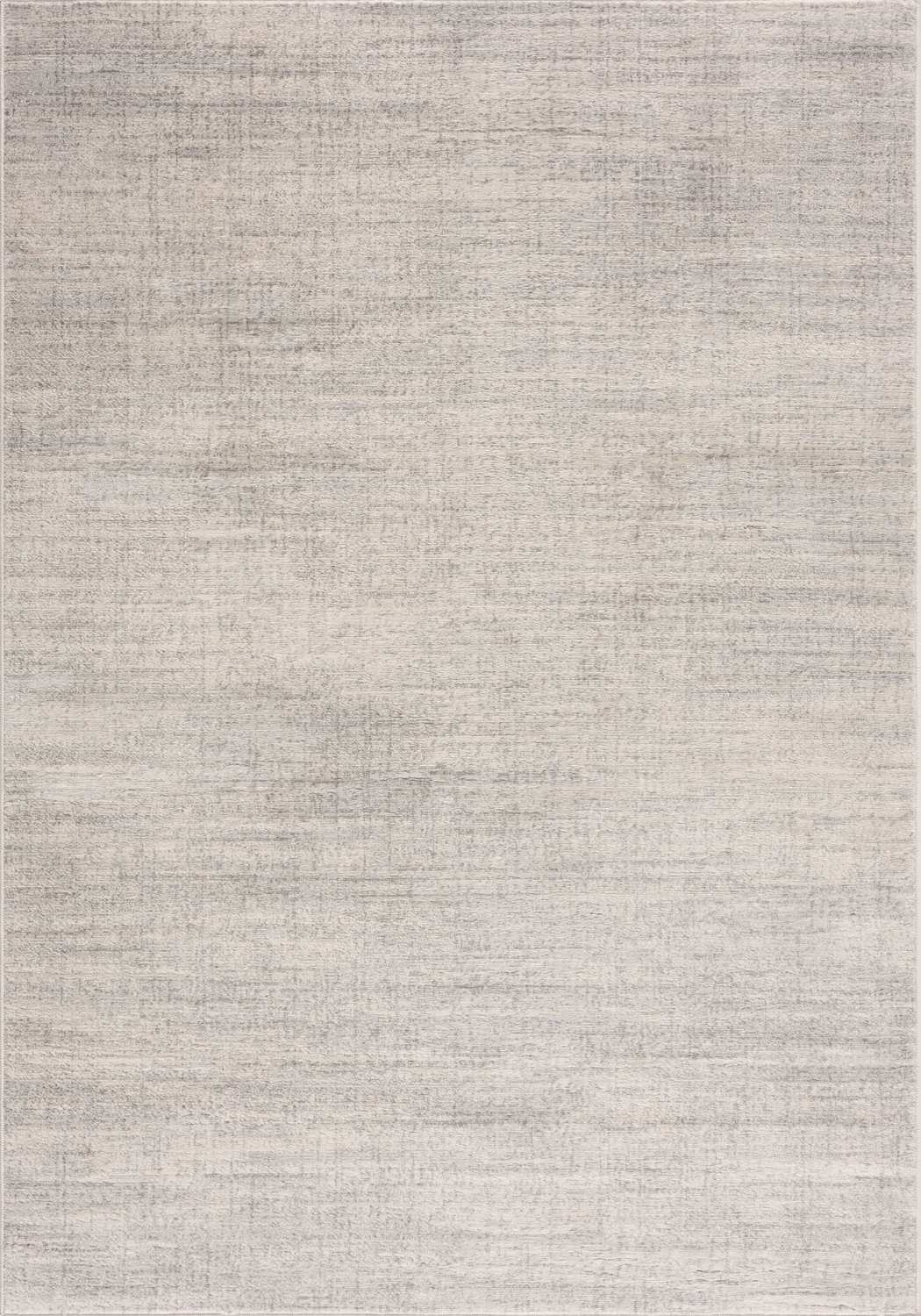
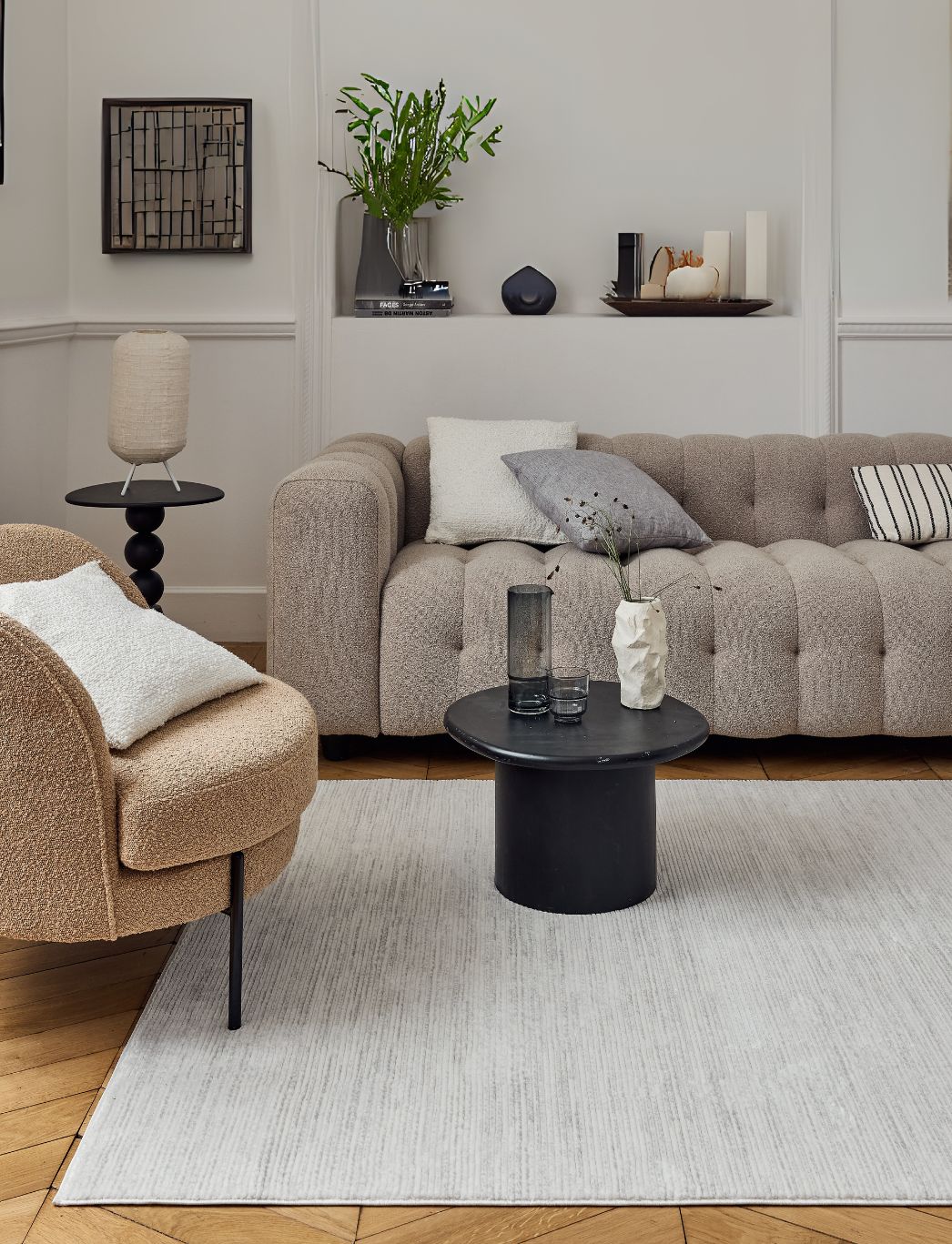
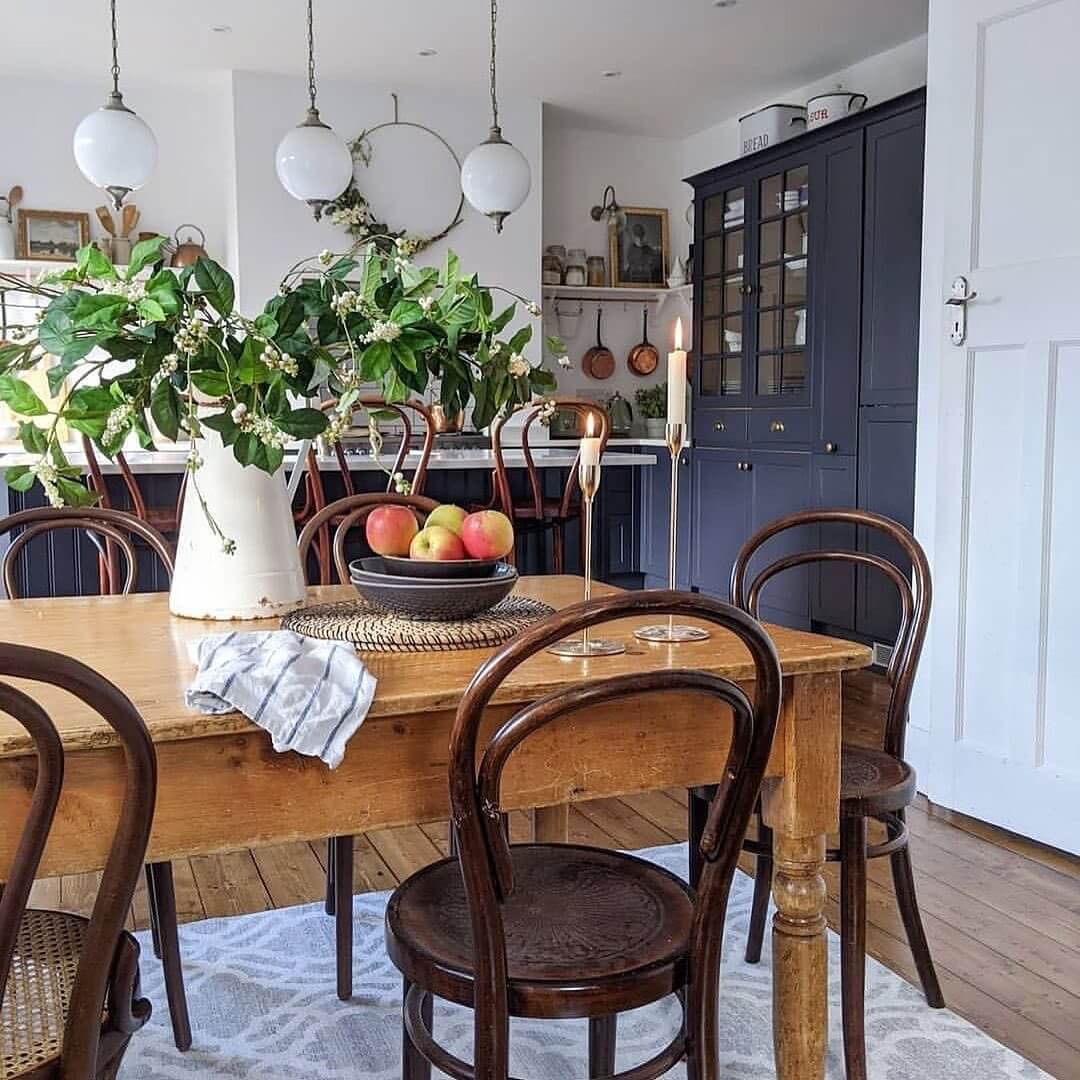
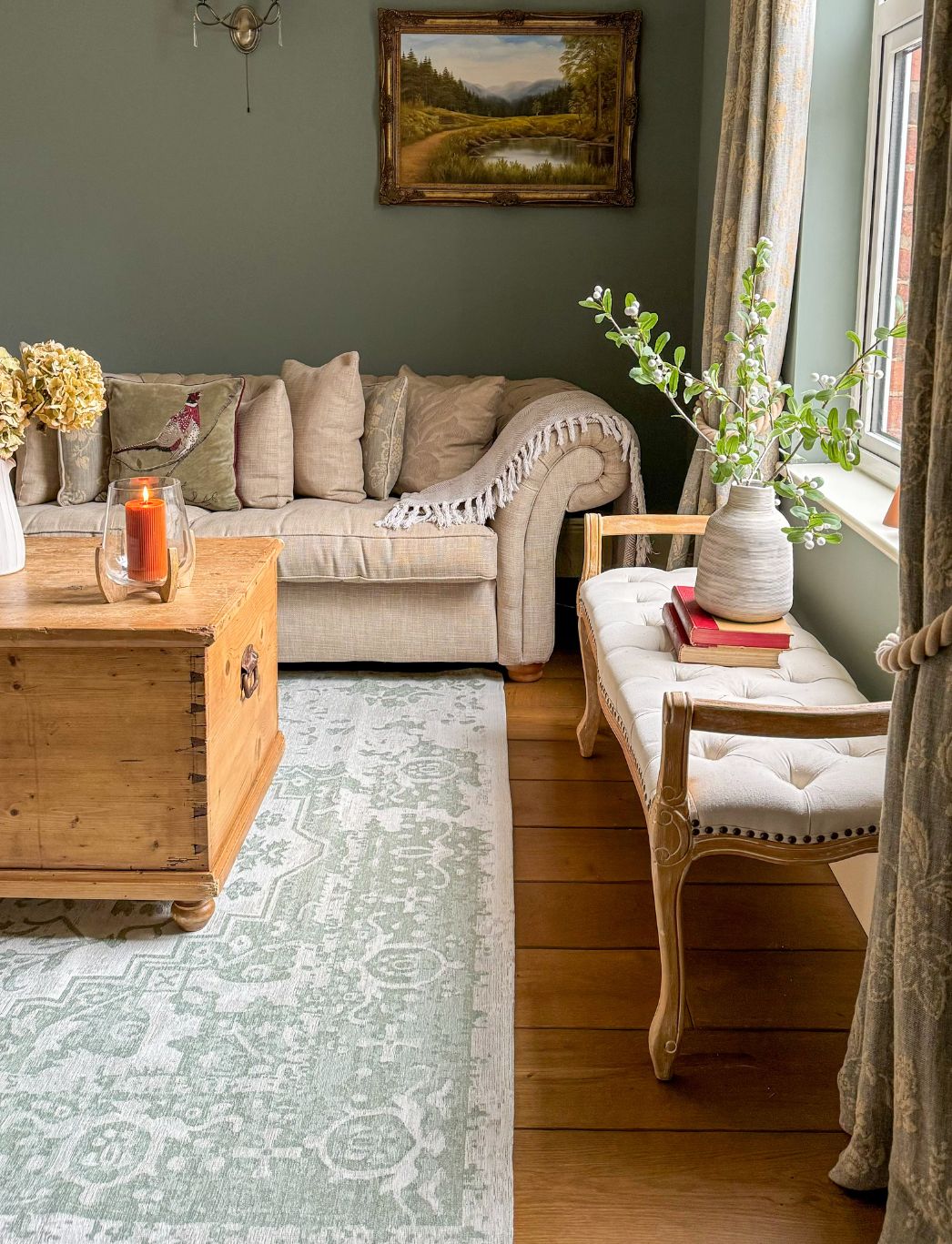
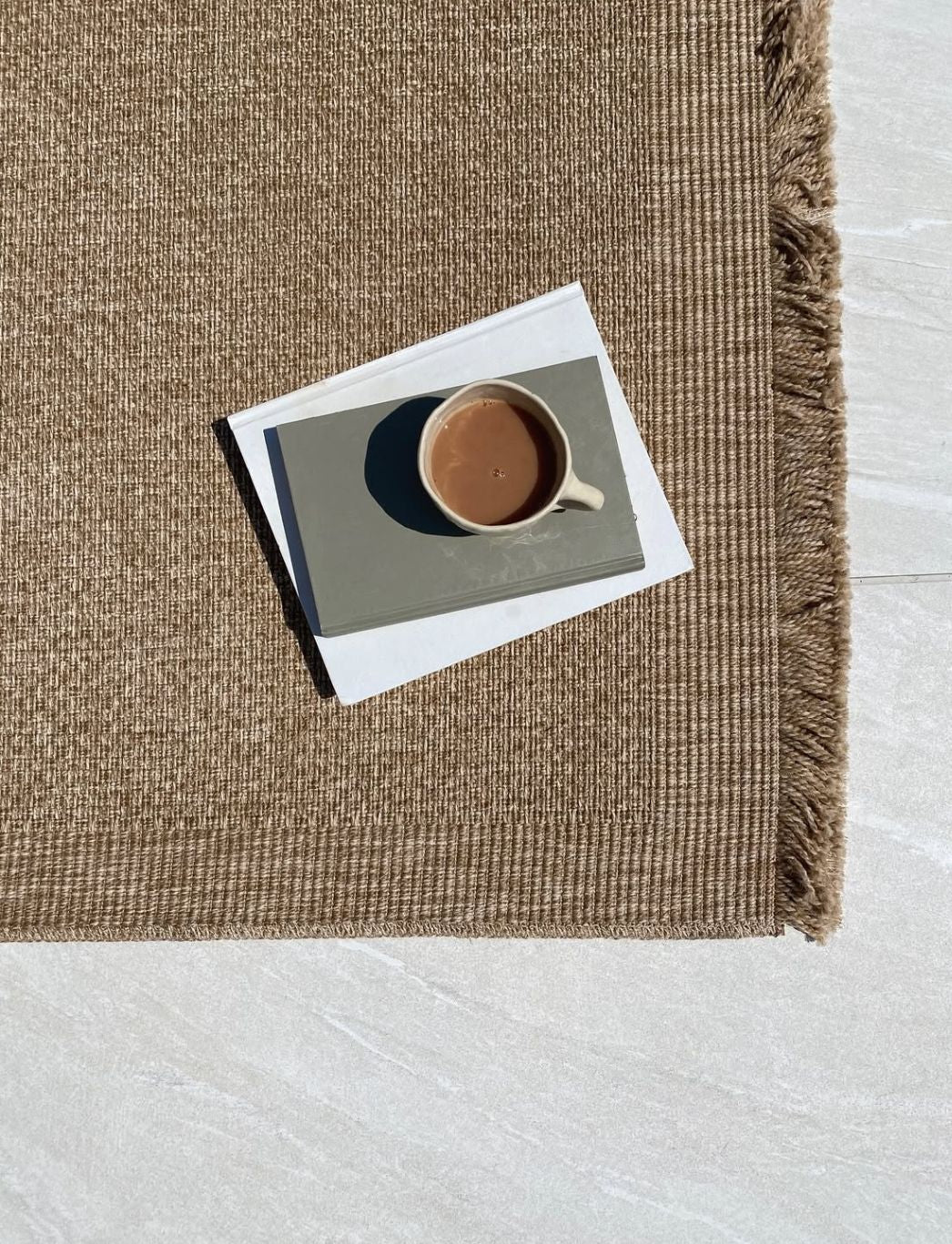
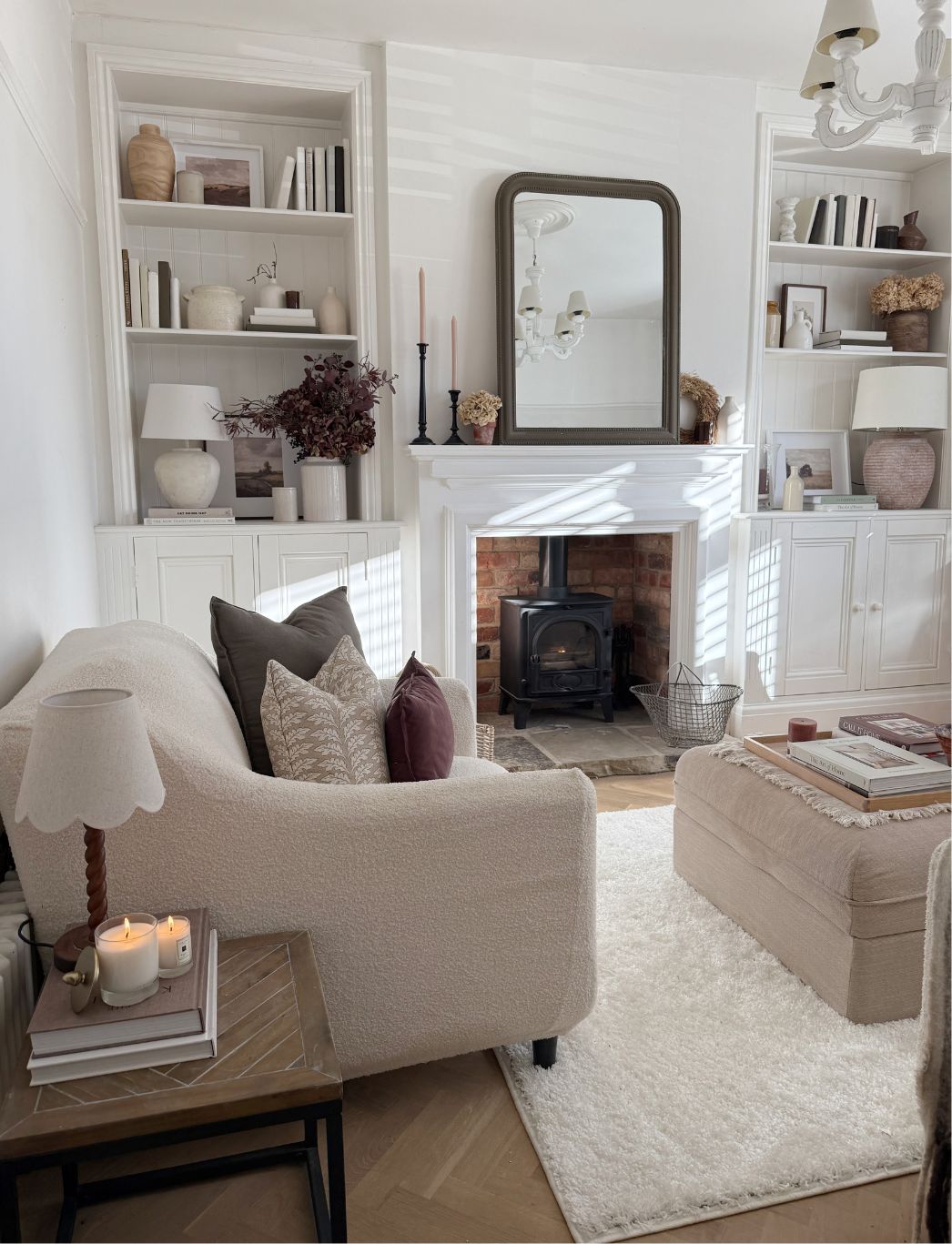
Leave a comment